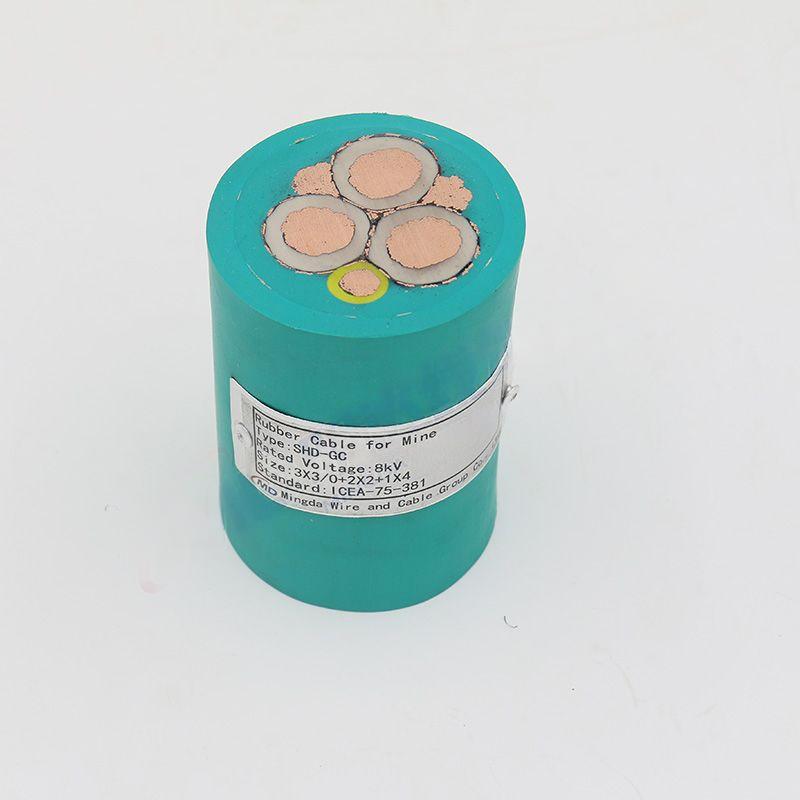Dec . 11, 2024 01:38 Back to list
Exploring the Benefits and Features of Flanged Ball Valves in Industrial Applications
Flanged Ball Valve An Overview
A flanged ball valve is a type of valve that uses a spherical closure mechanism, known as a ball, to control the flow of fluid through a pipe. The key feature of flanged ball valves is the flanged ends, allowing for easy installation and maintenance. These valves are widely used across various industries due to their reliability, ease of operation, and ability to provide a tight seal.
Design and Functionality
The design of a flanged ball valve consists of three primary components the valve body, the ball, and the stem. The body is typically made from durable materials such as stainless steel, brass, or PVC, depending on the application and the type of fluid being transported. The spherical ball features a hole through the center or a port, which allows fluid to flow when the valve is in an open position. The valve is operated by turning the stem, which rotates the ball to either open or close the flow path.
One of the significant advantages of flanged ball valves is their ability to provide a full bore, meaning the internal diameter of the valve is equal to that of the pipeline. This design minimizes turbulence and pressure drop, making it an ideal choice for applications that require minimal fluid resistance.
Installation and Maintenance
Flanged ball valves are particularly beneficial in situations where regular maintenance is necessary. The flanged design allows for easy connection to pipes through metal or rubber gaskets and bolted flanges, eliminating the need for threading or welding. This feature significantly reduces the time and labor costs associated with valve installation and maintenance.
flanged ball valve

To ensure optimal performance, regular inspection and maintenance of flanged ball valves are crucial. This involves checking for any signs of wear or damage, lubricating the stem, and verifying the integrity of the seals. Proper maintenance extends the lifespan of the valve and prevents leaks, which can lead to costly downtime and repairs.
Applications
Flanged ball valves are commonly used in various industries, including oil and gas, water treatment, chemical processing, and HVAC systems. In oil and gas, they regulate the flow of crude oil, natural gas, and other hydrocarbons. In water treatment facilities, they help manage the flow of water and chemicals needed for purification processes. The robustness and efficiency of flanged ball valves make them suitable for handling both high and low-pressure applications.
In HVAC systems, these valves control heating and cooling fluids. Their quick operation allows for precise temperature control, enhancing energy efficiency in buildings. Additionally, their compact size and lightweight design make them a versatile choice for both residential and commercial applications.
Conclusion
In summary, flanged ball valves stand out as an essential component in fluid control systems due to their durability, ease of installation, and operational efficiency. Their ability to provide a tight seal and minimize pressure loss makes them a preferred choice among engineers and contractors in various sectors. As industries continue to evolve and demand reliable fluid control solutions, the significance of flanged ball valves is likely to remain pivotal in ensuring safe and efficient operations. By selecting the right flanged ball valve for their specific needs, companies can enhance system performance and reduce maintenance costs in the long run.
Share
-
Reliable Wafer Type Butterfly Valves for Every IndustryNewsJul.25,2025
-
Reliable Flow Control Begins with the Right Ball Check ValveNewsJul.25,2025
-
Precision Flow Control Starts with Quality ValvesNewsJul.25,2025
-
Industrial Flow Control ReliabilityNewsJul.25,2025
-
Engineered for Efficiency Gate Valves That Power Industrial PerformanceNewsJul.25,2025
-
Empowering Infrastructure Through Quality ManufacturingNewsJul.25,2025


